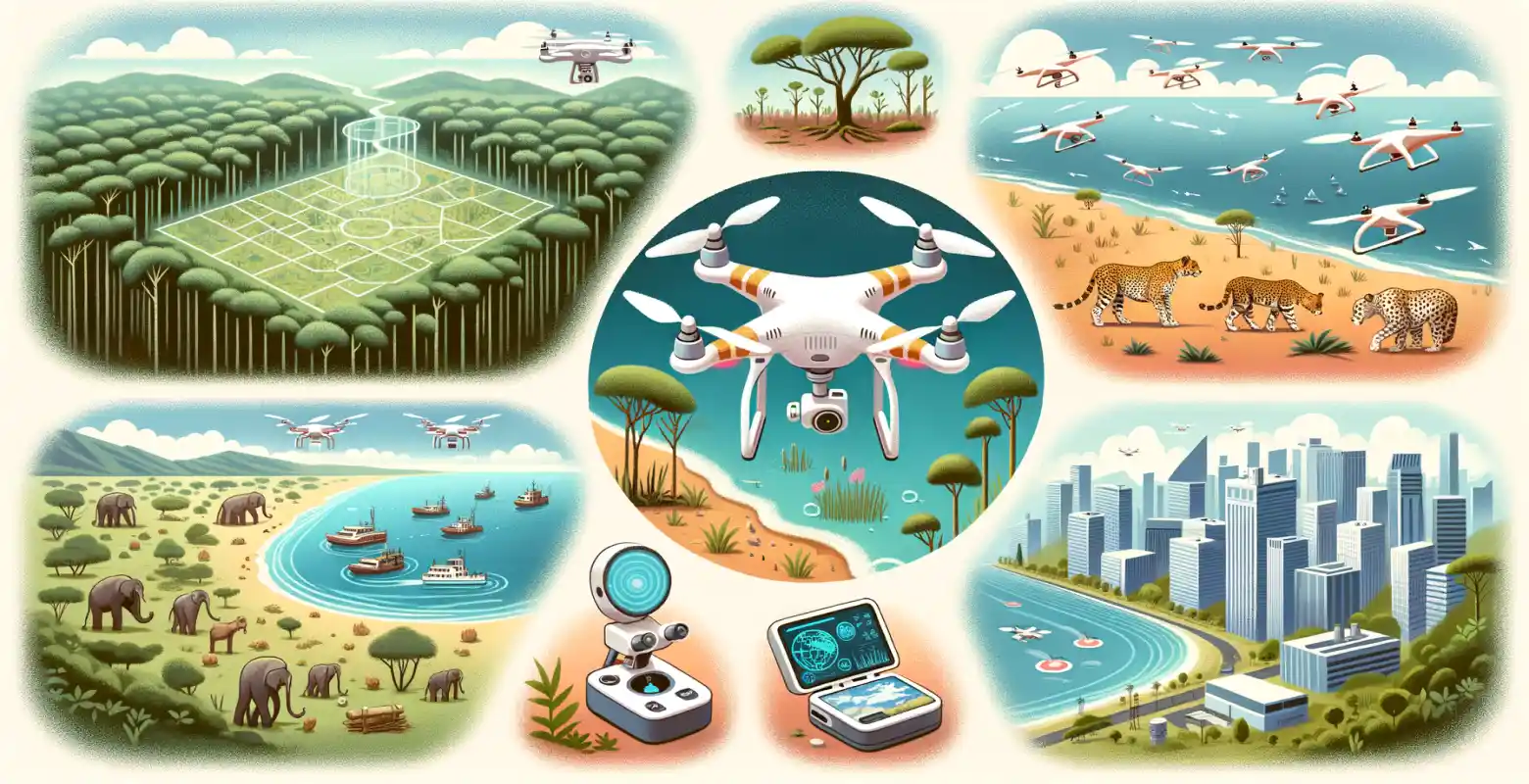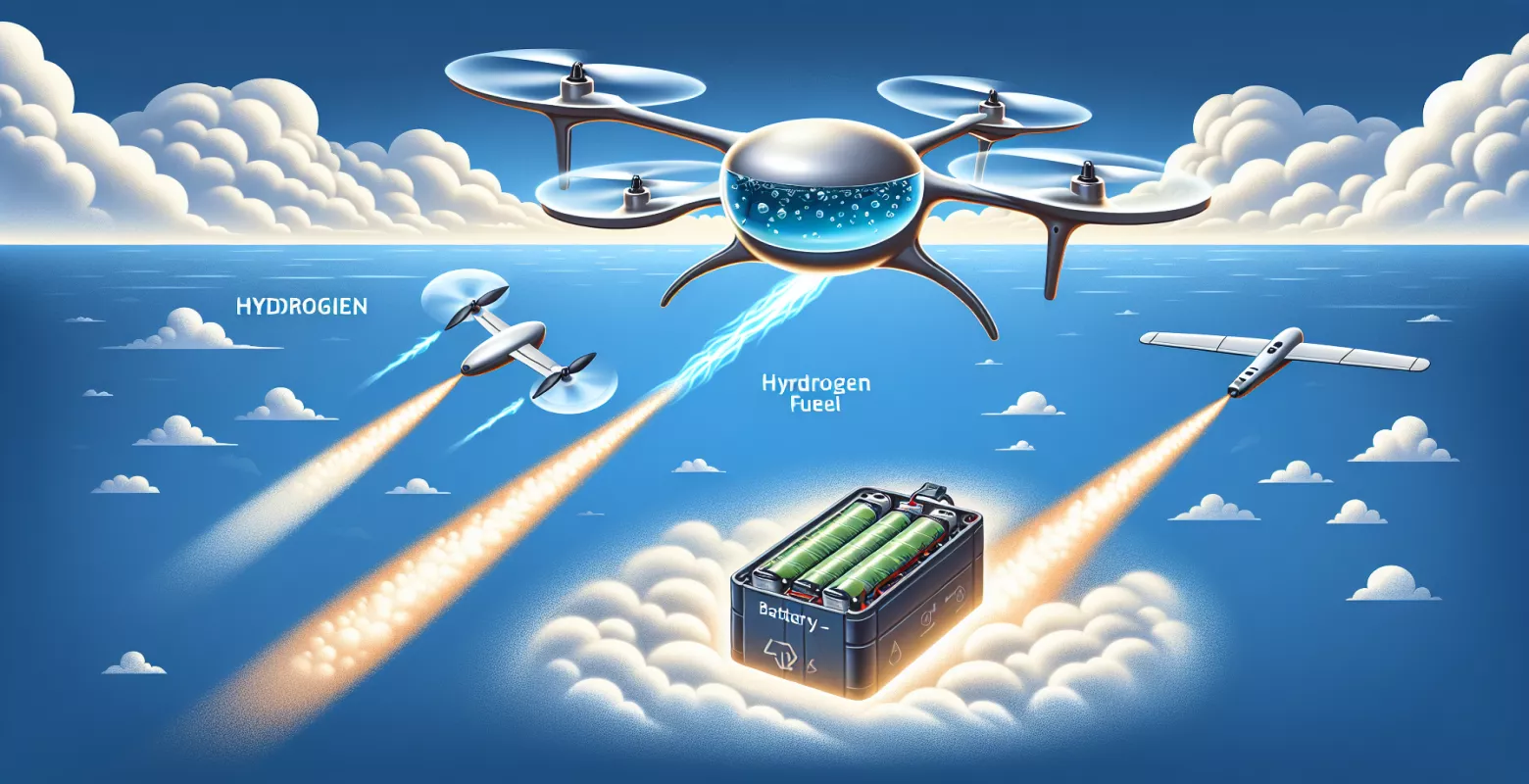How do drones help in environmental protection?
Introduction
In the era of rapid climate change and growing ecological awareness, environmental protection has become one of the most important challenges of the modern world. Modern technologies, such as drones, play a crucial role in monitoring and protecting our planet. In this article, we will examine how drones assist in environmental protection, their applications, and the benefits they bring. Understanding the potential of drones in this field is not only interesting but also incredibly important for the future of our planet.
The Role of Drones in Environmental Monitoring
Drones, also known as Unmanned Aerial Vehicles (UAV), have revolutionized the way we monitor the environment. With their ability to reach hard-to-access areas, drones are used to monitor forests, rivers, lakes, and even oceans. Equipped with high-resolution cameras and various sensors, they can provide detailed data on the state of the environment.
For example, drones are used to track changes in forest cover, aiding in the identification of deforestation-threatened areas. Through the analysis of aerial images, illegal tree felling can be quickly detected, and appropriate actions taken. Furthermore, drones equipped with thermal sensors can monitor water temperatures and identify contaminated areas.
Biodiversity Conservation with the Help of Drones
Biodiversity is crucial for the health of ecosystems and the survival of many species. Drones play a significant role in biodiversity conservation by monitoring populations of wildlife. They can track migrations, count populations, and even identify endangered species.
For instance, in Africa, drones are used to monitor elephant and rhinoceros populations, assisting in the fight against poaching. By utilizing drones, conservation authorities can respond quickly to threats and take actions to protect these valuable species.
Utilization of Drones in Combatting Pollution
Environmental pollution is one of the greatest contemporary challenges. Drones equipped with specialized sensors can detect and monitor pollution levels in the air, water, and soil. This enables prompt responses to threats and the implementation of remedial actions.
In urban areas, drones can be used to monitor air quality, which is particularly important in places with high levels of smog. This allows for the identification of pollution sources and the implementation of effective strategies for their reduction.
Application of Drones in Precision Agriculture
Precision agriculture is a modern approach to farm management that utilizes technologies to optimize agricultural production. Drones play a crucial role in this process by providing data on crop conditions, soil moisture, and fertilizer needs.
With drones, farmers can monitor the status of their crops in real-time, enabling quick identification of issues such as plant diseases or nutrient deficiencies. This, in turn, leads to more efficient resource utilization and less environmental impact.
Challenges and Future of Drones in Environmental Protection
Despite numerous benefits, the use of drones in environmental protection comes with certain challenges. Legal issues, such as regulations regarding airspace usage, may limit drone applications. Additionally, drones rely on technologies that can fail, requiring constant supervision and maintenance.
However, the future of drones in environmental protection looks promising. Technological advancements, including the development of artificial intelligence and better batteries, will allow for even more efficient drone utilization. It is possible that in the future, drones will be equipped with even more advanced sensors, enabling even more precise environmental monitoring.
Summary
Drones are playing an increasingly important role in environmental protection, offering innovative solutions for monitoring and safeguarding our planet. Their ability to quickly and effectively gather data makes them invaluable tools in addressing ecological challenges. The application of drones in environmental monitoring, biodiversity conservation, pollution control, and precision agriculture demonstrates the versatility of this tool.
While there are challenges ahead, technological advancements and increasing ecological awareness provide hope for broader drone applications in the future. Each of us can contribute to environmental protection by supporting initiatives that utilize modern technologies to safeguard our planet.







Number of comments: 0